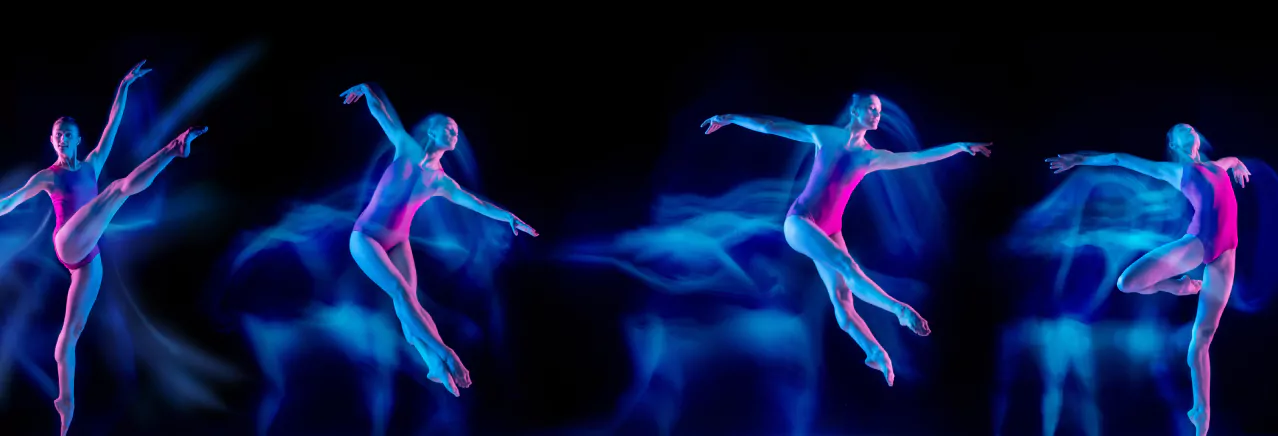
FINALISTS AND LAUREATES
Project implemented by the Pushkin State Museum of Fine Arts, divided into three parts, where people associated with the arts share their experience of meaningful time spending.
Our project was the first, immediate reaction to the lockdown imposed due to the pandemic. We divided the project into three parts. In two parts — "Time: Category of Contemplation" and "Media Quarantine" — curators and art historians talk about the works of art they associate with time delay and solitude, while the artists who are used to isolation suggest different ways of living through it. In the "Digital Exchange" part, viewers can find exclusive broadcasts of media art works. With this project, we wanted to bring those horizontal liaisons that were cut in real life to the online environment, and what is the most important, we wanted to remind people how to spend time alone with themselves. It was something needed not only by the audience, but by ourselves as well. The project leaves the audience one-on-one with the artists and teaches them to "tame" the time. A good project is something like a "tuning for" for the environment which is around us.
The most difficult thing is often being able to stop in the right time. We wanted to put a lot into our project, but sometimes we lacked technical and financial capabilities, sometimes we lacked time. We had to give up a lot. Of course, this is not a call to limit yourself. Accepting challenges and combating them - that's how almost every project is born, but you can't let fantasies interfere with the implementation of cool and needed things. The ore so, all the practices that had to be abandoned at some point will surely prove useful in the future.
Our project allowed people to feel that they are not alone in their imprisonment: people from Ecuador to Australia are all in the same situation. And above all is the fact that it all has already happened - the world has already lived through it and we can survive it too. We have collected the examples of both present-day and historical experience of a meaningful living through the time and through the situation around you. It seems very important to us. Such projects are worth making!